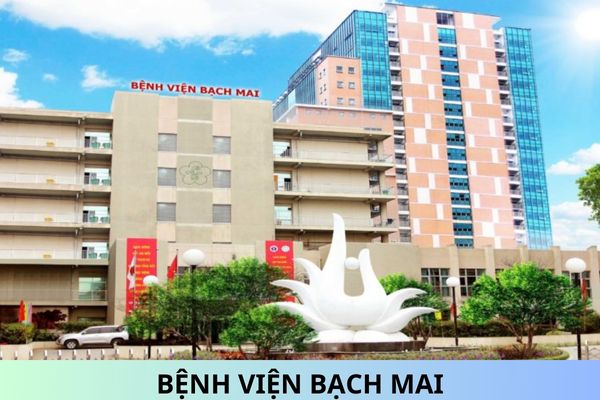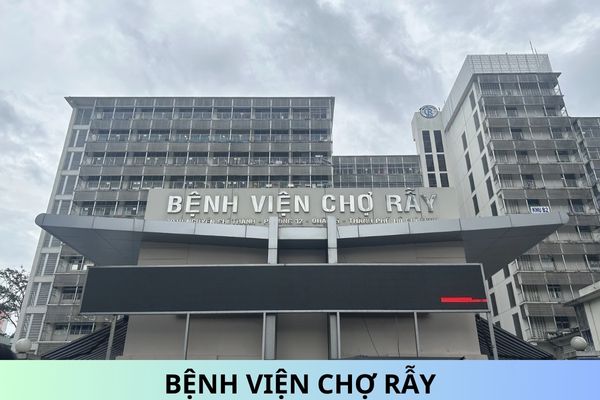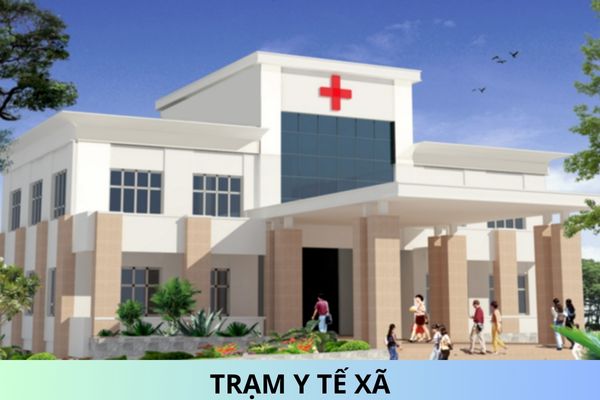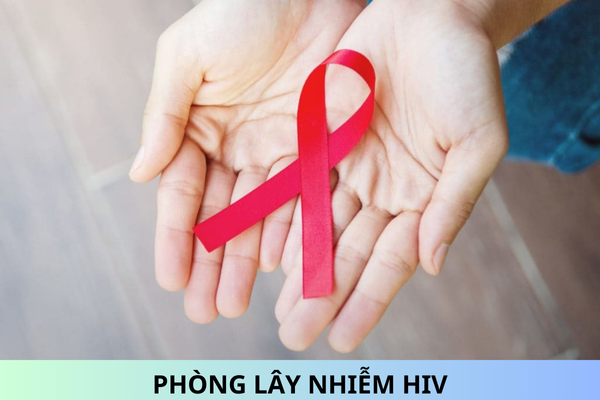Measures for Immediate Prevention of Transmission Due to Covid-19
Based on Section VII of Decision 1344/QD-BYT of 2020, it is stipulated as follows:
Preventing infection is a crucial step in the diagnosis and treatment of patients with COVID-19; hence, it must be implemented immediately when the patient arrives at the reception area of healthcare facilities. Standard preventive measures must be applied in all areas of the healthcare facility. To be specific:
1. At the screening & case classification area
- Require suspected patients to wear masks and guide them to the isolation area.
- Ensure a distance of ≥ 2 meters between patients.
- Instruct patients to cover their nose and mouth when coughing or sneezing, and to wash their hands immediately after contact with respiratory secretions.
2. Implement droplet precaution measures
- Medical personnel should wear medical masks when working within 1-2 meters of the patient.
- Prioritize isolating patients in individual rooms or group patients with the same etiology in one room. If the etiology is undetermined, group patients with similar clinical symptoms and epidemiological factors. Ensure the patient’s room is well-ventilated and disinfect the room with ultraviolet light, specifically without closing the door to use air conditioning.
- When providing close care to patients with respiratory symptoms (coughing, sneezing), use eye protection.
- Limit patients’ movement within the healthcare facility and ensure the patient wears a mask when leaving the room.
3. Implement contact precaution measures
- Healthcare workers must use personal protective equipment (medical masks, eye protection, gloves, gowns) when entering the patient’s room, and remove them upon leaving to avoid contaminating their eyes, nose, or mouth.
- Sanitize and disinfect tools (stethoscope, thermometer) before using them on each patient.
- Avoid contaminating surrounding environmental surfaces such as room doors, light switches, fans, etc.
- Ensure the patient’s room is ventilated, and disinfect the room with ultraviolet light, especially without closing the door to use air conditioning.
- Limit the movement of patients.
- Ensure hand hygiene.
4. Implement airborne precaution measures when performing related procedures
- Healthcare workers performing procedures such as intubation, respiratory suction, bronchoscopy, cardiopulmonary resuscitation, etc., must use personal protective equipment including gloves, gowns, eye protection, and N95 masks or equivalent.
- If possible, perform the procedures in a separate room or a negative pressure room.
- Limit the presence of unrelated personnel in the room during the procedures.
We respond with this information to you.
Respectfully!










